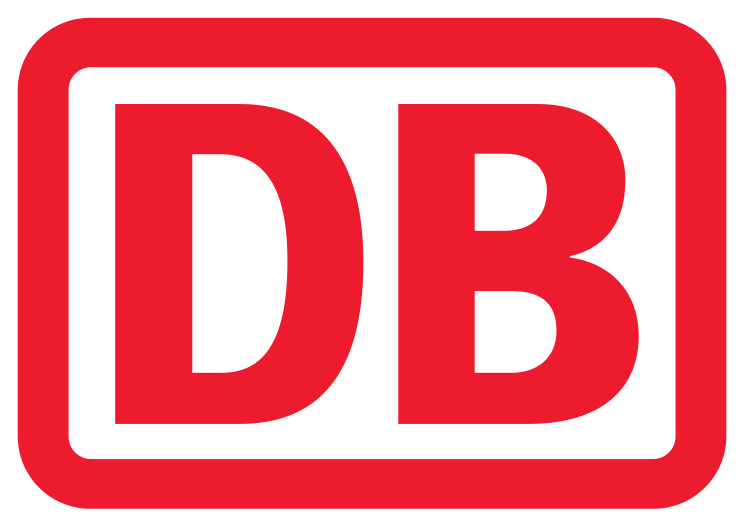Reporting in accounting
Provide evaluations ─ Make recommendations for action

Contents
Monthly or cumulative presentation of the preliminary result - the main contents of the BWA
- Accounting as a data basis.
- The company cockpit: balance sheet, income statement and cash flow.
- Revenue-surplus accountants and companies required to prepare balance sheets.
- BWA analysis: Short-term income statement (KER), totals and balances list (SuSa), annual overview and statement of values.
- BWA evaluation in comparison: target/actual comparison, industry comparison, previous year comparison, key figures.
- Depreciation, amortization and provisions policy.
Presentation of liquidity and willingness to pay
- Balance sheet and liquidity: informative value of static liquidity.
- Recognize and manage financial flows and capital requirements.
- Cash flow statement: structure and informative value.
- Cash flow analysis: operating, investment, financing and free cash flow.
Comprehensive reporting system
- Controlling reports and relevant evaluations.
- Annual financial statements and rating assessment.
- The most important key figures for the rating - which figures do the banks pay attention to?
- Recognize and secure profitability.
- EBT, EBIT and EBITDA: Deferrals and return calculations.
- Achieve the industry-standard return on investment: ROE, ROI and ROS.
- Display cash flows: Evaluate financial status and liquidity planning.
- Assess and secure the company's equity base.
Checklists
- The stumbling blocks of annual financial statements and BWA evaluations.
- Which facts are really important?
Analysis and evaluation of your receivables, liabilities and cash flows
- including debtor evaluations, ABC analysis, working capital, avoiding over-indebtedness, checking solvency, due date lists and ability to generate returns.
Early warning systems
- Forecasting and control of costs and investments.
- The most important key figures for the annual financial statements.
- Early detection of crisis signals.
Learning environment
In your online learning environment, you will find useful information, downloads and extra services for this training course once you have registered.
Your benefit
This training provides a systematic overview of key evaluations in FIBU as well as a variety of other common analyses and presentations. Find out,
- how to record and plan profitability, equity capitalization and debt service capacity,
- which data sets from financial accounting can be used and developed for evaluations,
- how to make financial bottlenecks, cost overruns and mistakes transparent at an early stage,
- how these results, i.e. different parameters and evaluations, are convincingly presented for the assessment of individual company divisions or the company as a whole,
- how to prepare your evaluations as a basis for successful business decisions by the management and
- how to correctly interpret the analyses prepared - also for the annual financial statements.
Methods
Workshop, presentation with practical exercises, sample evaluations, checklists.
Recommended for
employees in finance and accounting who want to optimize their FIBU evaluations from existing figures, as well as entrepreneurs, managing directors and shareholders.
9168
Start dates and details
Tuesday, 03.02.2026
09:00 am - 5:00 pm
- one joint lunch per full seminar day,
- Catering during breaks and
- extensive working documents.

Tuesday, 10.03.2026
09:00 am - 5:00 pm
Thursday, 07.05.2026
09:00 am - 5:00 pm
- one joint lunch per full seminar day,
- Catering during breaks and
- extensive working documents.

Thursday, 25.06.2026
09:00 am - 5:00 pm
Friday, 31.07.2026
09:00 am - 5:00 pm
- one joint lunch per full seminar day,
- Catering during breaks and
- extensive working documents.

Tuesday, 22.09.2026
09:00 am - 5:00 pm
- one joint lunch per full seminar day,
- Catering during breaks and
- extensive working documents.
 4.6
4.6









